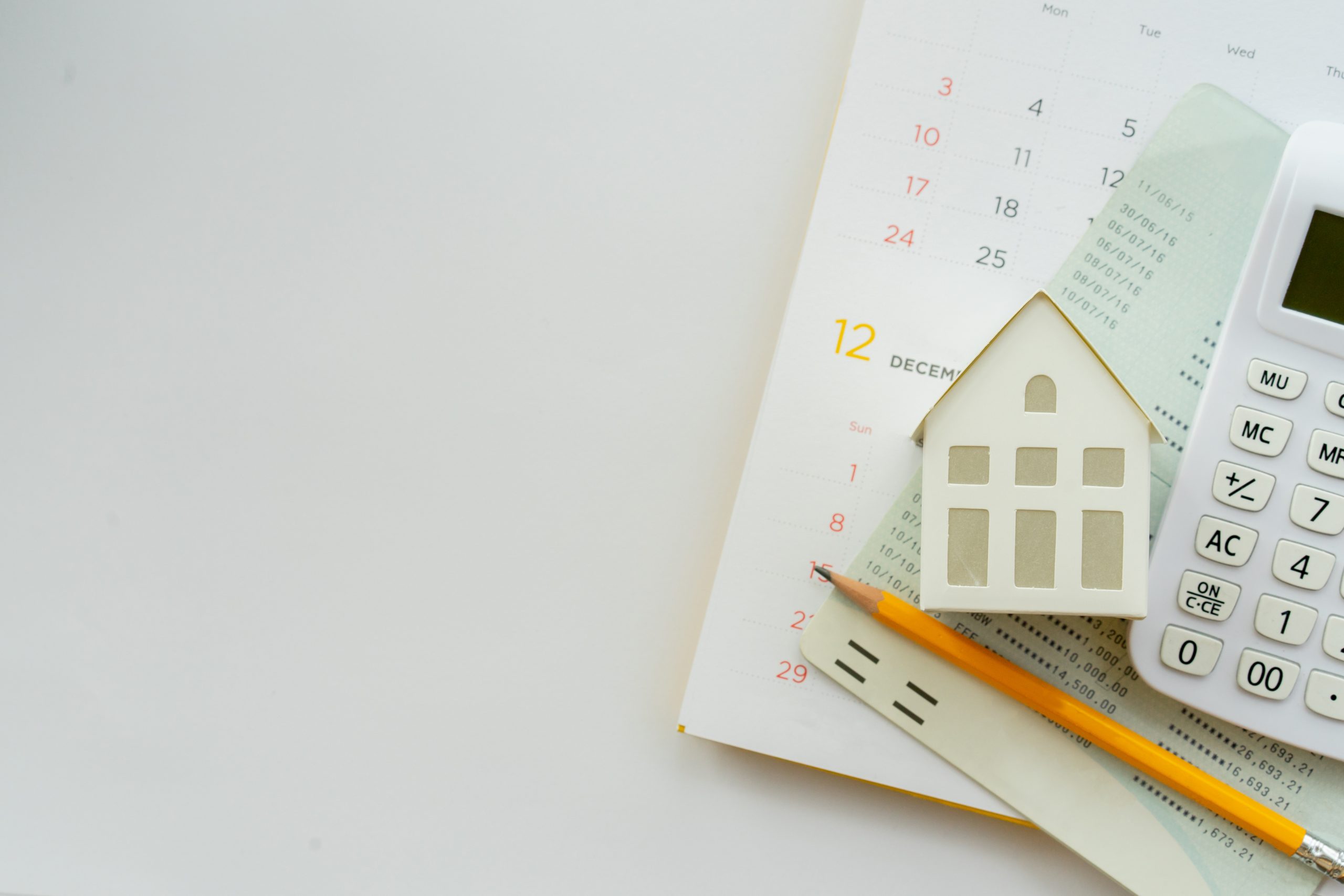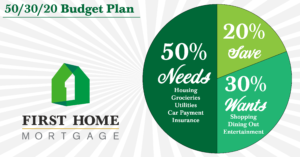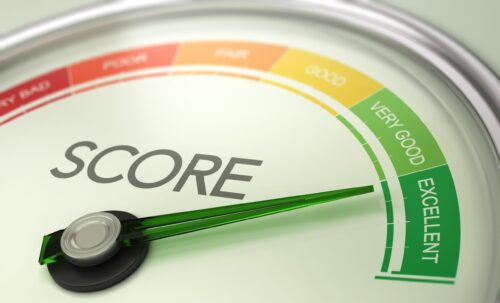Purchasing your first home is an exciting adventure with plenty of benefits. Homeownership can provide valuable tax breaks and offers an opportunity to build equity rather than spending rent money with no potential return. It is also an important personal and long-term financial decision, so it makes sense to prepare ahead of time and be sure you are ready.
Consider Your Income
Stable income is a vital factor in qualifying for a home loan. Even if you are in a non-traditional career, keep track of all your monthly income. This will help you and your lender to determine how much home you can comfortably afford. When planning a new budget, take all of your monthly bills into account as well as any additional maintenance and living expenses you’ll have in your new home.
Think About Your Lifestyle in the Next 5 Years
Are you planning on staying at the same place of work, or seeking a different career that might cause you to move? Are you considering sharing your space with a partner or having children in the near future? Purchasing a home is a major investment that involves certain costs, so if you think you’ll be moving or need a larger home soon, it might make sense to wait until you can buy something you’ll be living in longer. An exception to this is purchasing a home you plan to fix up and add equity to, in which case you could still move without a loss.
Learn About Where You Are Planning to Buy
Knowing which areas or neighborhoods you want to live in can help you narrow your home search. You may already be familiar with where you want to live, which makes the process easier. If you are relocating and planning to purchase somewhere new, it is good practice to tour the area you are planning to move to and learn as much about it as you can ahead of time.
Review Your Credit
Building your credit score up to a healthy level can help you obtain the best possible interest rate on your home. Paying down your debt and utilizing other methods to boost your score before purchasing a home can lead to significant long-term savings. That said, there are programs available for borrowers with a range of credit scores, so if you are unsure about your score a Loan Officer can advise you on your options.
Plan for Your Down Payment
The traditional 20% down payment is no longer the only feasible choice. There are several programs that may allow borrowers to pay little or no money out of pocket at the time of closing. Review how much of your savings you can put towards a down payment, and talk to an experienced loan officer about different loan programs to learn which is the best fit for you.
Feel Free to Ask Questions
Realtors and Loan Officers are all about customer service and building client relationships. They are happy to speak with you and answer your questions. Even if you are unsure whether now is the right time for you to buy, reaching out for advice from experienced professionals can give you peace of mind and a solid plan of action if you decide to wait.
Here at First Home Mortgage, we continue to provide the highest level of customer service while adhering to social distancing guidelines. Our innovative communication technologies allow us to exceed your expectations while keeping everyone as safe as possible. If you are considering purchasing or refinancing a home, please contact one of our Loan Officers today!










